In the realm of trucking and transportation, the mechanics behind semi-trailers play a critical role in efficiency and performance. Among these mechanics, the air ride suspension system, particularly the air bags, stands out for its contribution to ride quality and load stability. Understanding how to effectively dump trailer air bags is essential for operators looking to optimize their vehicle’s performance, enhance safety, and extend the longevity of their equipment. This guide aims to provide detailed, actionable insights for anyone needing to master the art of dumping trailer air bags.
Understanding Trailer Air Bags
What Are Air Bags?
Air bags in trailers are inflatable components used in air suspension systems. They provide cushioning and stability by using compressed air to lift the load. This system helps reduce bounce and impact from uneven road surfaces, preserving both the load and the structural integrity of the trailer.
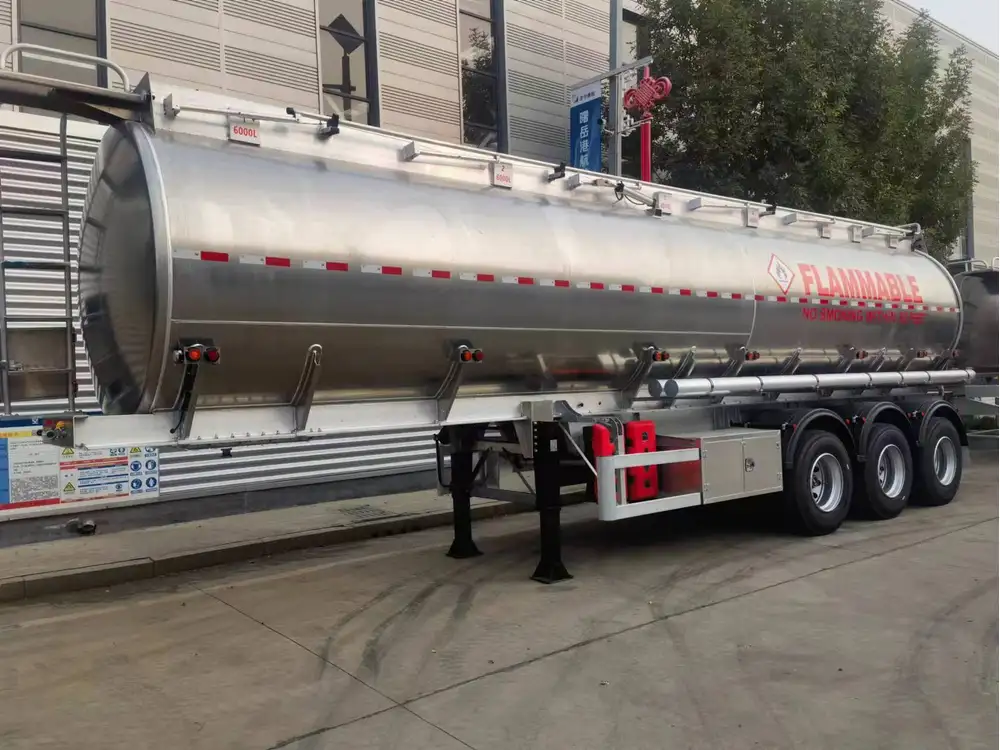
Components of an Air Suspension System
An air suspension system consists of several components, each playing a pivotal role:
- Air Bags: The primary source of suspension, which inflates and deflates with air pressure.
- Compressor: Regulates air pressure in the system.
- Air Lines: Hoses that connect the compressor to the air bags, transferring air as necessary.
- Valves: Control air release and inflation in the air bags.
- Electronic Control Module (ECM): Monitors the air pressure and detects abnormalities.
Why You Need to Dump Trailer Air Bags
Dumping air bags becomes necessary under various circumstances:
- Loading and Unloading: Lowering the trailer enhances stability and eases the process, especially for fork lifts and cranes.
- Parking: Deflating the air bags lowers the trailer for easy access and reduces wear on suspension components when stationary.
- Maintenance: Before conducting repairs, dumping the air bags ensures safe access to parts requiring attention.
Step-by-Step Guide on How to Dump Trailer Air Bags
Dumping trailer air bags involves a methodical approach. Below is a comprehensive guide.

Step 1: Prepare the Trailer
- Ensure Safety: Before beginning, park the trailer on a level surface.
- Activate the Parking Brake: Engage the trailer’s parking brake to prevent any unintentional movement.
Step 2: Locate the Dump Valve
- Identify the Dump Valve: This valve is commonly found on the side of the trailer or near the compressor.
- Understand Its Operation: The dump valve can either be manual or electronic, depending on the system installed. Familiarize yourself with its mechanism—knowing whether it’s a flip switch or a momentary push button is essential.
Step 3: Dump the Air Bags
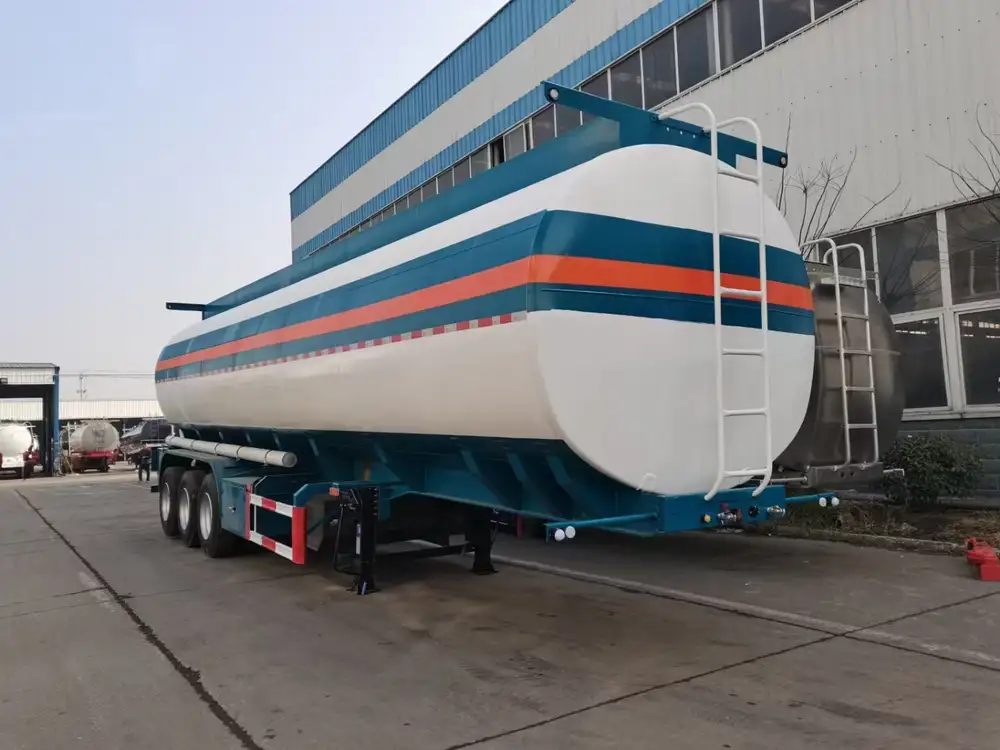
Manual Air Dump
- Locate the Handle: If the system is manual, find the hand-operated lever or valve.
- Pull or Twist: Engage the handle to release air from the bags, allowing them to deflate gradually.
Electronic Air Dump
- Access Control Panel: If the system utilizes an electronic control module, head to the dashboard or designated control panel.
- Press the Dump Button: Activate the dump function. You will generally hear a hissing sound, indicating that air is being released from the bags.
Step 4: Monitor the Process
- Observe for Inflation: Keep an eye on the air bags as they begin to deflate. A consistent and uniform decrease is ideal, without any irregularities.
- Check for Leaks: If air is releasing unevenly, inspect the lines and bags for any punctures or leaks.
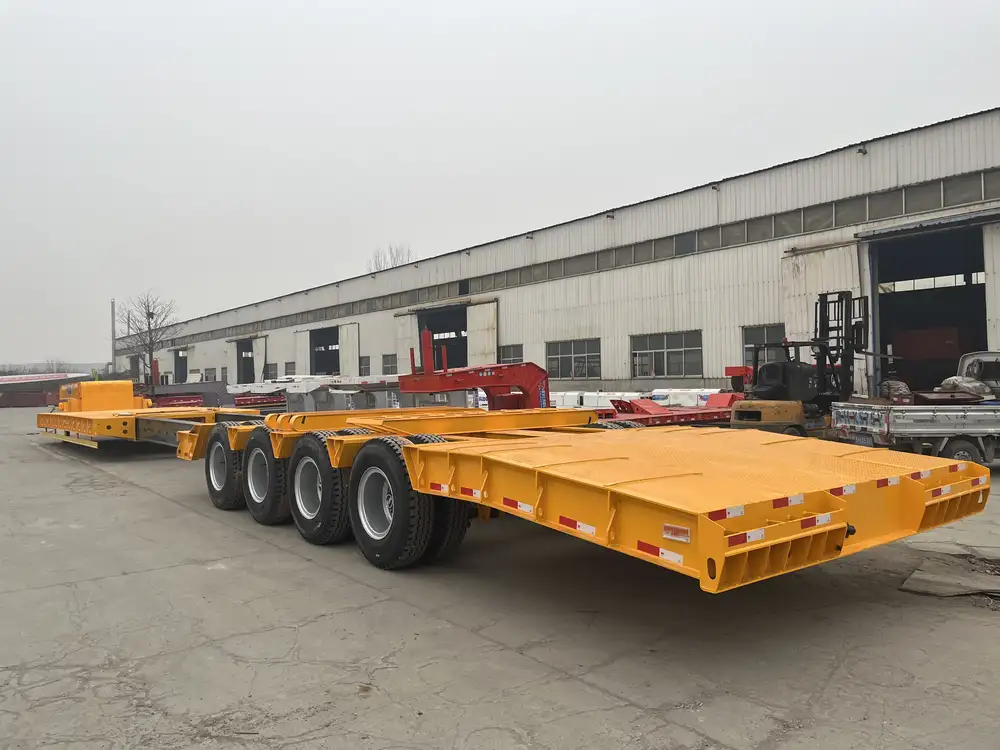
Step 5: Lower the Trailer
With the air bags completely dumped, the trailer should descend to a lower, stable position, facilitating loading or maintenance.
Troubleshooting Common Issues When Dumping Air Bags
Even seasoned operators may encounter challenges. Here’s a list of potential problems and solutions.
| Issue | Potential Cause | Solution |
|---|---|---|
| Bags Not Deflating | Faulty dump valve | Inspect the valve for obstructions or damage. |
| Uneven Deflation | Air line malfunction | Check for blockages or damage along the air lines. |
| Loss of Air Pressure | Leaks in the air bags | Conduct a visual inspection and consider replacing compromised bags. |
| Compressor Failure | Electrical issue | Verify power supply and replace the compressor if non-functional. |
Importance of Regular Maintenance
The longevity and performance of trailer air bags hinge on regular checks and maintenance. Here are the key components to focus on:
- Visual Inspections: Routinely inspect air bags and lines for signs of wear or damage.
- Check Air Pressure: Use a gauge to ensure air bags are properly inflated under normal operating conditions.
- Cleanliness: Keep all components free from dirt and debris, which can interfere with functionality.
- Lubrication of Moving Parts: Ensure moving components, such as valves, are well-lubricated to prevent stiffness.

Advanced Techniques: Modifying Air Bag Settings
Operators may find themselves adjusting air bag settings based on different load types or road conditions. These modifications assist in achieving superior performance and stability.
Adjusting Air Pressure
- Light Loads: Lowering air pressure can enhance the ride quality by providing more cushion.
- Heavy Loads: Increasing the air pressure raises the trailer, ensuring better control and stability under pressure.
Balancing Left and Right Bags
In the case of carrying loads unevenly distributed, adjusting the air in each bag independently helps maintain equilibrium and balance.
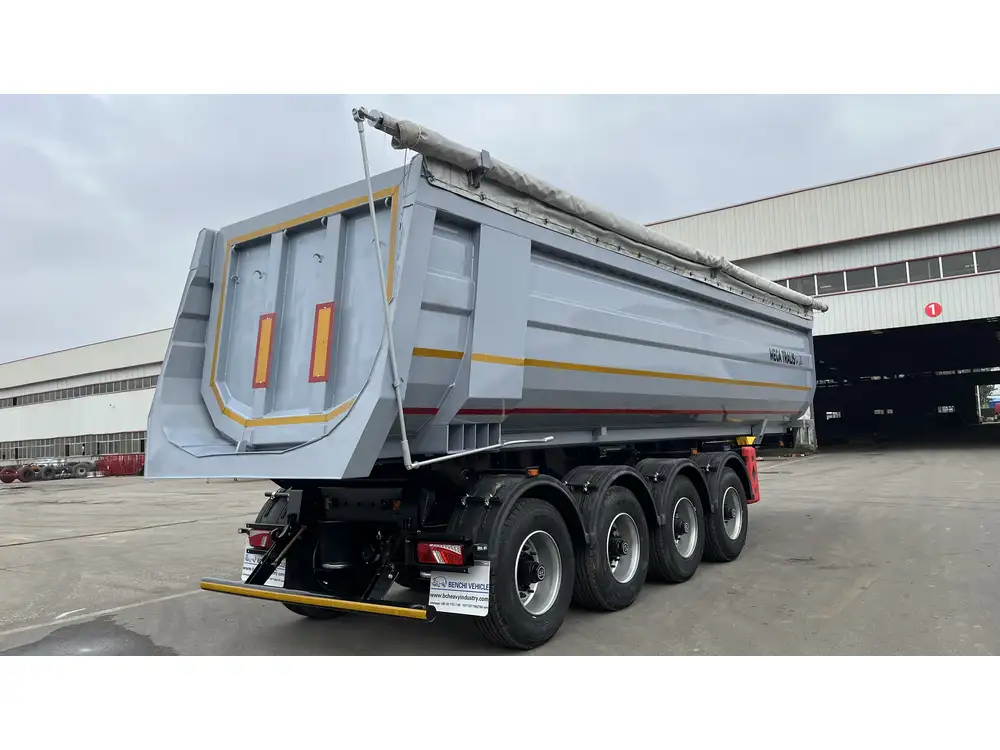
Monitoring Informatics
Utilizing advanced technology such as telematics systems that monitor airbag pressure can simplify maintenance schedules, allowing proactive responses to any abnormalities.
The Cost of Poor Maintenance
Neglecting the air suspension system can result in a host of issues, such as increased wear on tires, poor handling, and compromised load stability. The following aspects highlight the financial repercussions:
- Increased Fuel Consumption: Poorly maintained trailers face higher resistance, leading to inefficient fuel usage.
- Repairs and Replacements: Regular repairs can cost more than preventative maintenance over time.
- Downtime: Unexpected failures lead to time lost, impacting delivery schedules and customer satisfaction.
Frequently Asked Questions (FAQs)
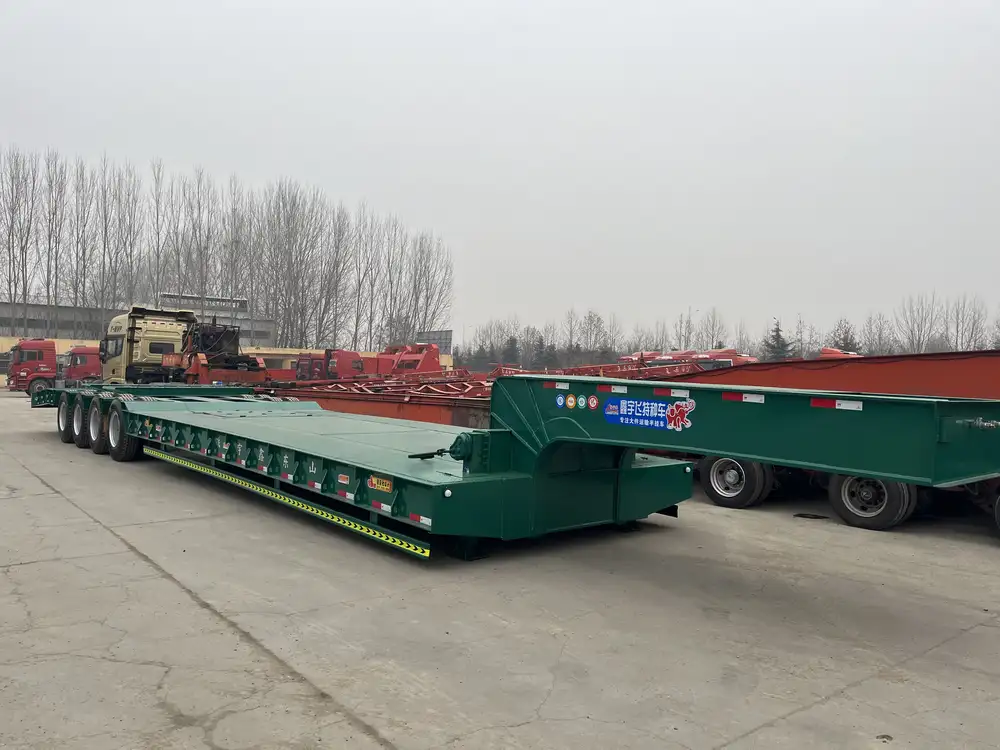
What type of air bags are best suited for my trailer?
Selecting the right air bag depends on the trailer’s application and the load it frequently carries. Consult manufacturer specifications for optimal recommendations.
Can I replace air bags myself?
Replacing air bags is feasible for those with mechanical knowledge. However, it is crucial to ensure all safety protocols are followed to prevent accidents.
How often should I dump the air bags?
Frequency depends on use; however, it is advisable to dump them any time loading or unloading.
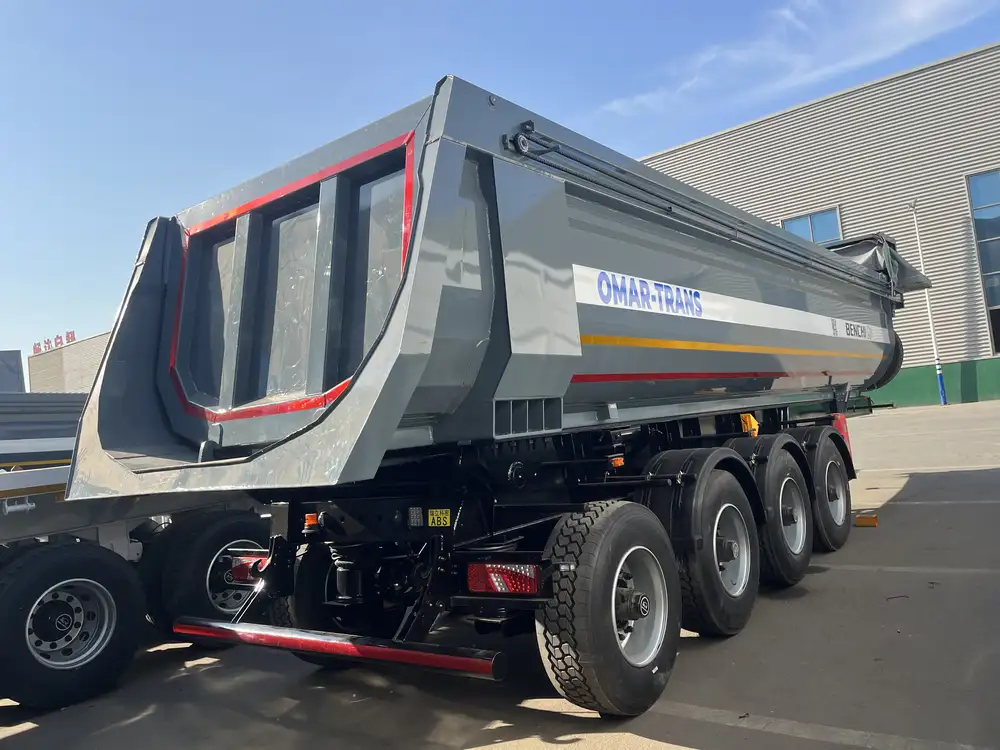
Conclusion
Mastering the technique of dumping trailer air bags is vital for anyone in the transportation and hauling industry. This skill not only enhances safety and efficiency but also prolongs the life of your trailer and its components. By adhering to this comprehensive guide, operators can navigate the complexities of air suspension systems with ease, ensuring consistent performance on the road. Always remember that proactive maintenance and regular checks are the keys to optimal trailer function. Prioritize these practices to enjoy a seamless and trouble-free hauling experience.



